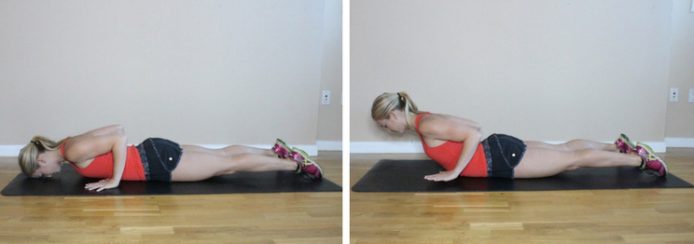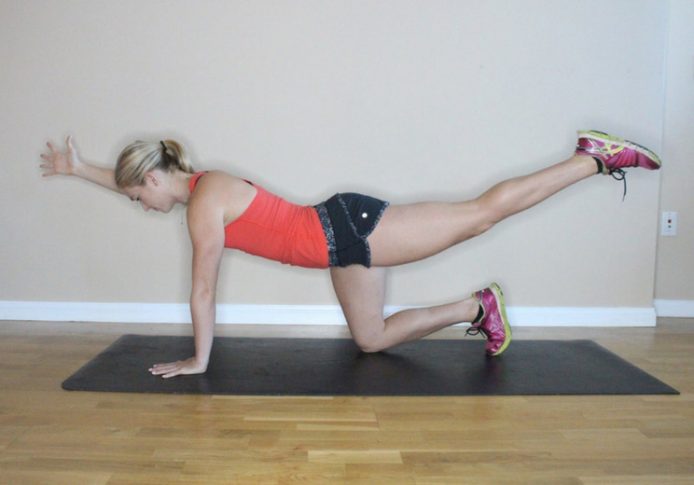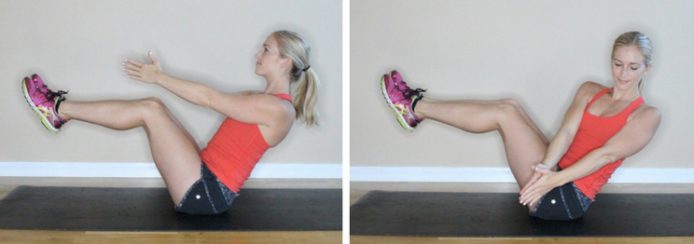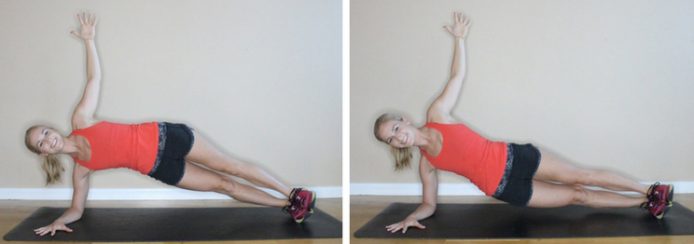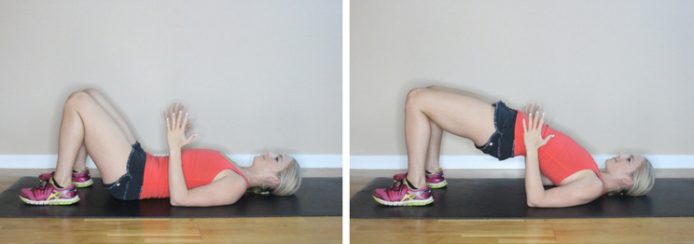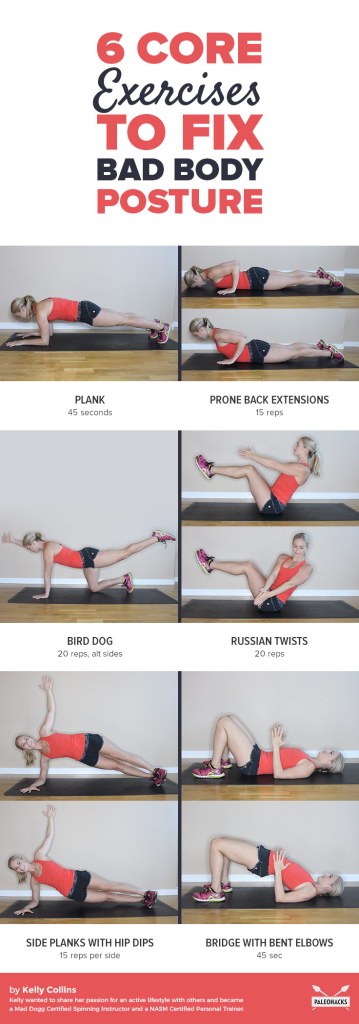Click HERE to Discover these 80 Keto-Friendly and Healthy Slow Cooker Recipes
6 Signs & Symptoms of Hashimoto’s Disease (Plus 3 Supplements to Boost Thyroid Health)
An in-depth look at Hashimoto’s Disease, what factors increase your risk, and what you can do to reverse the condition.
Over 30 million Americans struggle with a thyroid condition and many more are completely unaware. Women are more affected, as one in eight will uncover a problem at some point in their lifetime.
Interestingly, Hashimoto’s Disease conditions have increased dramatically over the past decade, raising your risk of a full-blown hypothyroid condition, as well as your risk of developing thyroid cancer.
This underlying condition can slowly develop over many years and can be difficult to uncover. Your thyroid gland communicates with every single cell in your body, so if it’s not firing on all cylinders your energy levels, waist-line and vitality will all suffer.
What Is Hashimoto’s Disease?
An autoimmune condition occurs when your body, specifically your immune system, starts attacking itself. This “friendly fire” occurs when your immune system gets scrambled, and rather than sending out immune soldiers to fight off bacteria and viruses, the immune cells mistakenly attack your body’s tissues.
Autoimmune conditions can impact various areas of your body – intestinal cells in Celiac disease, pancreas in type-1 diabetes, nerve cells in multiple sclerosis, or your thyroid cells in the case of autoimmune thyroid.
Hashimoto’s disease (also called Hashimoto’s Thyroiditis) is the medical term for an autoimmune thyroid condition, named after the Japanese researcher who discovered it in the early 1900s.
Approximately 90% of patients with a hypothyroid condition test positive for autoimmune antibodies, highlighting the role of your immune system in the dysfunction.
Autoimmune conditions can build silently for 10-15 years before you experience exaggerated symptoms, such as; unexplained fatigue, sluggish bowels, brain fog, inappropriate weight gain, dry hair or hair loss, always feeling cold, high cholesterol, poor immunity or low libido, just to name a few.
What causes an autoimmune condition? Like most chronic diseases, it’s multi-factorial. Let’s look at some of the common risk factors.
Causes of Hashimoto’s Thyroiditis
Leaky Gut
Hashimoto’s conditions are not thyroid problems at all, as I discussed above, they’re immune system problems; your immune system is inadvertently attacking your thyroid.
Over 80% of your immune system is in your gut, which makes your digestive health a top priority. Stress, a high-sugar diet, too much alcohol or caffeine, allergenic foods and a whole host of other factors can lead to dysbiosis – the build-up of bad gut bacteria – and ultimately a leaky gut.
A leaky gut occurs when contents from your intestine – undigested food particles, bacteria, viruses, etc. – make their way into your bloodstream through tiny holes in your intestinal wall.
Imagine a long cheese-cloth lining your digestive system, from your mouth to backside, which keeps these unwanted particles out of your bloodstream and allows only the passage of nutrients into the body.
Now imagine tiny holes in the cheese-cloth that let these foreign invaders penetrate the bloodstream. This is a leaky gut and it triggers a major inflammatory reaction by your immune system that sets the stage for autoimmune conditions like Hashimoto’s Disease.
Gluten
Gluten, a group of proteins found in wheat, rye, barley and other grains – play a major role in thyroid autoimmunity. Gluten wreaks havoc your digestive tract by punching little holes the cheese-cloth that allows a leaky gut to occur.
The gliadin protein looks very similar to your thyroid tissue, and thus when your immune system decides to attack the gliadin protein, it mistakenly also attacks your thyroid gland. Alarmingly, leaky gut can occur in totally healthy individuals, and not just those with digestive conditions like Celiac disease.
Nutrient Deficiency
Nutrient deficiencies are very common today and the depletion of nutrients, in particular minerals, from the soil is a major reason.
Selenium is a key mineral in thyroid health, converting T4 hormone into T3, as well as quenching inflammation in the body. Low levels are often seen in clients with thyroid dysfunctions and low levels also increase your risk of thyroid cancer.
Selenium is protective to the thyroid, and you’ll see in the solutions section below, sometimes food isn’t enough if you suffer from Hashimoto’s Disease. Other key nutrients like iron, magnesium, vitamin D and CoQ10 are also important.
Fluoride
Your thyroid hormones are made from iodine, a member of the halogen family of chemical. Unfortunately, other halogen chemicals like fluoride and bromide compete with iodine binding, which is harmful to your thyroid.
The fluoride in your tap water may be a root cause in impairing your thyroid function, a recent study finding higher levels of fluoride in drinking water predicting prevalence of hypothyroidism in the United Kingdom.
Excess Iodine Supplementation
One of the most common suggestions to clients looking to improve their thyroid health when they go to a pharmacy or health store is supplemental iodine. The average iodine intake in America is between 138-353 mcg, per person, per day.
Some practitioners or laypeople suggest taking mega doses of supplemental iodine, far greater than the recommended intake, which can wreak havoc on your thyroid. Studies show it may trigger a Hashimoto’s condition.
Age
The risk of thyroid dysfunction increases with age. Women over 60 are at greater risk of diagnosis, therefore being proactive with your thyroid health is important as you get older.
Supplement Support for Hashimoto’s Disease
You can’t “cure” a Hashimoto’s Thyroiditis condition. The damage that is done to your thyroid is irreversible, however if you catch it early enough, you can bring it into remission.
How do you know if you have Hashimoto’s Disease? This simplest way is to get a blood test (i.e. Anti-TPO) that will tell you if your thyroid is under attack.
If your results are less than 35, that is the gold standard, however in clinical practice I see anything less than 300 as non-problematic. If your levels are greater than 500, you should think about additional protective support.
Like all thyroid dysfunction, If you’re struggling with Hashimoto’s, addressing your diet, movement and lifestyle factors are absolutely crucial to your success.
However, supplement support can be highly beneficial in Hashimoto’s sufferers. Here is a list of the most beneficial to consider:
Vitamin D
Vitamin D is crucial for thyroid health and deficiency is very common. If you live in a northern city during the winter, or struggle with high blood sugar levels, chronic inflammation, or poor health then chances are you’re deficient in vitamin D.
New research shows vitamin D provides a protective effect to the thyroid in those with Hashimoto’s, lowering antibodies levels in the blood. Some people also have small “blips” in their DNA, called single nucleotide polymorphisms (SNiPs) that increase your risk of low vitamin D.
You can start by adding 1,000-2,000 IU of supplemental vitamin D daily. However, you should check with your doctor and get your blood levels check before increasing this dose further.
Selenium
Selenium is critical for healthy thyroid support, but also protects your thyroid when under attack from an autoimmune condition.
Adding supplemental selenium has been shown to reduce inflammation and thyroid antibody levels. Symptoms of low selenium include feeling sluggish, catching colds and flu easily, brain fog and poor fertility.
Iron
Iron is critical to produce hemoglobin – a protein carrying oxygen around the body via red blood cells – and myoglobin, an oxygen binding protein found in muscle. It’s also crucial for energy production in the mitochondria of your cells, the tiny furnaces that power your body.
If you’re low in iron, it’s like having a poor cell phone signal… the connection is sluggish and leaves you feeling stuck in the mud.
Furthermore, if your levels are low, your thyroid won’t be working as effectively because iron is also required to convert T4 into the “active” T3 hormone.
Common signs of iron deficiency are lightheadedness, fatigue, irritability, brittle hair and nails, and headaches
The good news is a Paleo diet is the best platform to reboot your iron status, as organ meat, grass-fed beef, wild game, and seafood are the top sources.
If you supplement with iron, your best bet is the iron-bisglycinate form.
It’s well tolerated (doesn’t cause constipation) and absorbed very well by the body. (If you take thyroid hormone medications, remember to take your iron separately from the thyroid hormone, as it will interfere with your medication.)
Watch this video – Natural Remedies for Hypothyroidism and Hashimoto’s Disease
The Bottom Line
Hashimoto’s Thyroiditis conditions are the most common form of thyroid disorder and are on the rise. If you uncover a Hashimoto’s condition, address the underlying root causes by upgrading your diet, movement and lifestyle habits, and adding supplemental support to protect your thyroid and overall health.

Written by Dr. Marc Bubbs
Author Bio:
Dr. Marc Bubbs, ND is a Naturopathic Doctor, Strength Coach, Author, Speaker, and Blogger practicing in Toronto, Canada. He believes that diet, exercise, and lifestyle factors have the most profound impact on your overall health and performance. Marc is the author of The Paleo Project – A 21st Guide to Looking Leaner, Getting Stronger, & Living Longer and currently serves as the Sports Nutrition Lead for Canadian Men’s Olympic Basketball Team.
A lot of people have gotten results from the Keto diet, and enjoyed the foods that it has to offer. However, many of the people who are following this diet have a hard time finding the recipes that they need, especially ones that are quick and easy to complete.
Fortunately, Kelsey Ale, noticed this problem, and decided to do something about it. She’s found that making recipes in a slow cooker gives you meals which are not only delicious, but also take very little time to make. Mostly you just put a few simple ingredients in the slow cooker, and let it do the rest.
To find out more, click on – Keto Slow Cooker Cookbook





